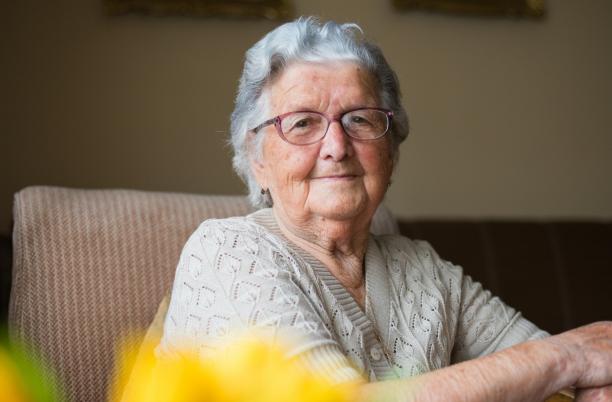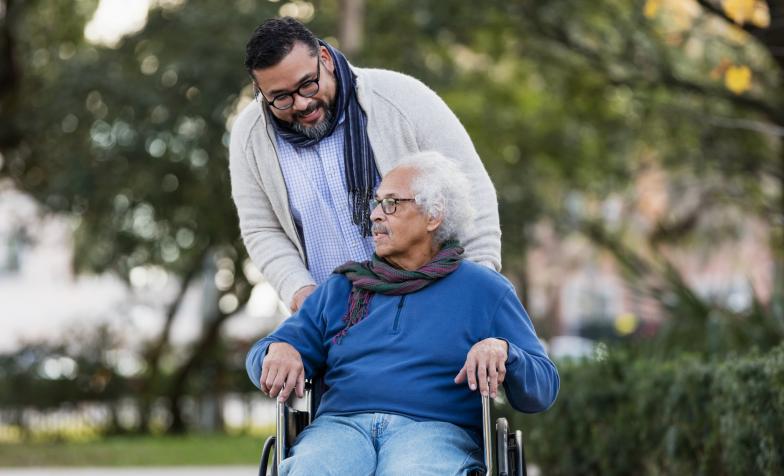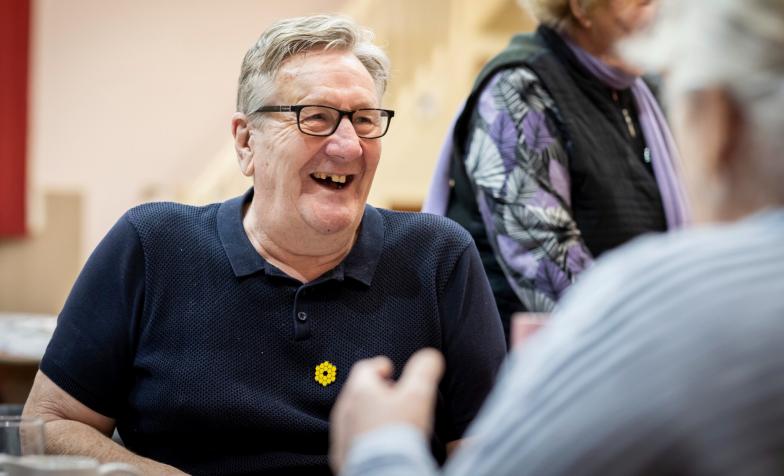
Engaging older people in research

Find out why it's important to include the voices of older people in your project, what the challenges are, and how you can successfully engage with them.
Why it's important to involve people
Involving patient representatives in research and service development helps you improve the quality, acceptability, and relevance of your project [1]. It also helps you translate research into practice more quickly [2].
Involving older people, particularly those living with frailty, is important because their voices are not often heard. Research and services are often developed “for them” rather than “with them”.
Older people and their carers can:
- Describe the specific challenges they are experiencing. This can help you sense-check your proposals, inform and refine protocol and help frame your work to ensure it is relevant for this population.
- Review materials such as patient information leaflets, consent forms and media resources. This helps ensure they are accessible, relevant and feasible.
- Advise on strategies to get more people engaged with your project.
The challenges of collaborating with older people
Collaborating with older people poses unique challenges. As well as the more general challenges of coproducing services with a population who are nearing the end of life, those affected by frailty have inherent vulnerabilities [3].
Some approaches to co-production can be very draining for older people.
This means you need to strike a balance between getting older people actively engaged and not over-burdening them.
Top tips for engaging older people in your project
1. Be attentive
Pay attention to the person’s energy levels and be aware that their capacity might fluctuate. Plan for short engagement activities and build in breaks. Give them space to rest if needed but support them to take part and carry on when they wish to do so.
2. Mind your language
Think about how you recruit representatives. For example, most older people living with frailty do not recognise themselves as frail. Instead, ask questions that describe what frailty can be, such as: ”Do you rely on others for help to stay independent around your home or when you go out?”
3. Use a portfolio approach
Keep recruitment open throughout your project. This way, if someone is no longer able to take part, you can engage someone else. Use established groups where relevant and appropriate, but also utilise open networking and individual discussions.
4. Be flexible
Let representatives be involved in whichever parts of the project they wish. For some this might be sense-checking the proposed study, while others may prefer reviewing paperwork or being involved in developing interview questions.
5. Work with the older person
Find out how the person would prefer to engage with the study. Would a focus group work for them? Would they prefer email, letter, video conferencing, or home visits? Keep asking this question, as their answer might depend on how they are managing at the time.
6. Reimbursement
Follow the Payment guidance for researchers and professionals - but always ask how the older person would prefer to be reimbursed. Would they prefer a cheque? A specific gift voucher? Transfer to their bank account? A donation?
7. Travel
If your representatives are happy travelling to you, remember to build in costs to pay for their transport. You might need to pay for a carer or someone important to the person to travel with them.
8. Refreshments
Make sure you are providing enough refreshments for meetings, both for participants and anyone who has travelled with them for support.
9. Don’t forget those who are important to older people
Carers and family members can be extremely important for older people, particularly those living with frailty. Supporting family and carers to take part, as the older person wishes them to, can be crucial to maintain engagement and share the balance of power.
10. Allow time
It requires far more time to be flexible, pay attention to energy levels and work with people as and when they are able, than it does to schedule a group meeting every few months.
So, allow more time than you think you will need and write this into your project plans.
Resources
UK Standards for Public Involvement
Produced by the National Institute for Health Research, this is a framework for what good Patient and Public Involvement (PPI) looks like. It is designed to help researchers and organisations improve the quality and consistency of PPI in health and care research.
Learning for Involvement
Training and resources for Patient and Public Involvement (PPI) in research.
Payment guidance for researchers and professionals
Guidance to support researchers to cost Patient and Public Involvement (PPI) activities throughout the lifespan of a research project.

This content was produced in collaboration with the Living and Dying Well Research Group at the University of Surrey.
This information on this page was adapted from text written by Dr Sarah Combes, RN, PhD, MSc, BSc (Hons)
References
- Brett J. et al. Mapping the impact of patient and public involvement on health and social care research: a systematic review. Health Expectations. 2014; 17(5): 637-650.
- Blackburn S. et al. The extent, quality and impact of patient and public involvement in primary care research: a mixed methods study. Research Involvement and Engagement 2018; 4(1): 1-18.
- Bloomer M.J. et al. Dying persons’ perspectives on, or experiences of, participating in research: An integrative review. Palliative Medicine 2018; 32(4): 851-860.




